Personal Watercraft
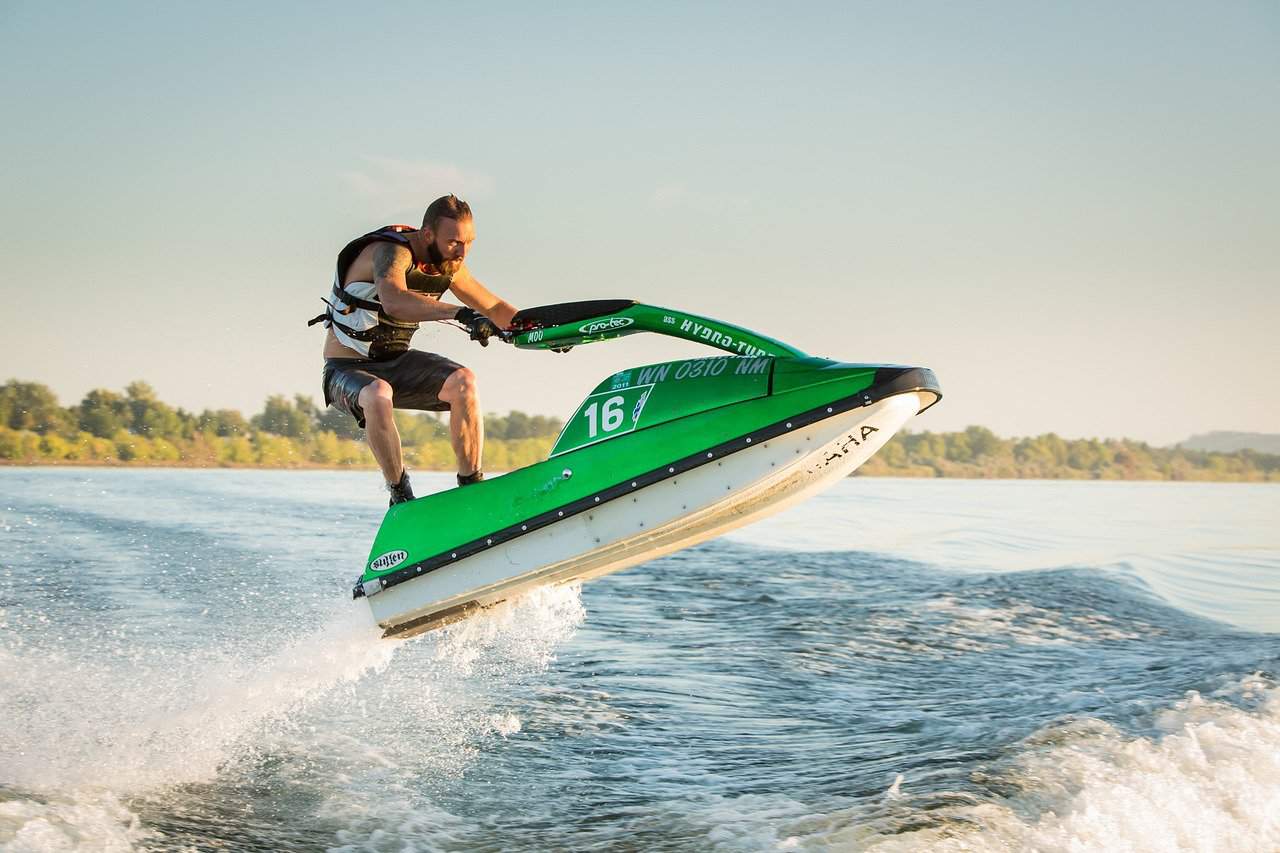
What is Needed for Steering Control on a PWC?
Learning how to operate a personal watercraft can be a little counterintuitive as, if you’ve never tried one before, it is potentially confusing. Unlike a propeller-powered vessel which pushes against the water to push your boat forward, a jet-drive vehicle like a Jet Ski or Sea Doo requires water to be pulled into the jet…
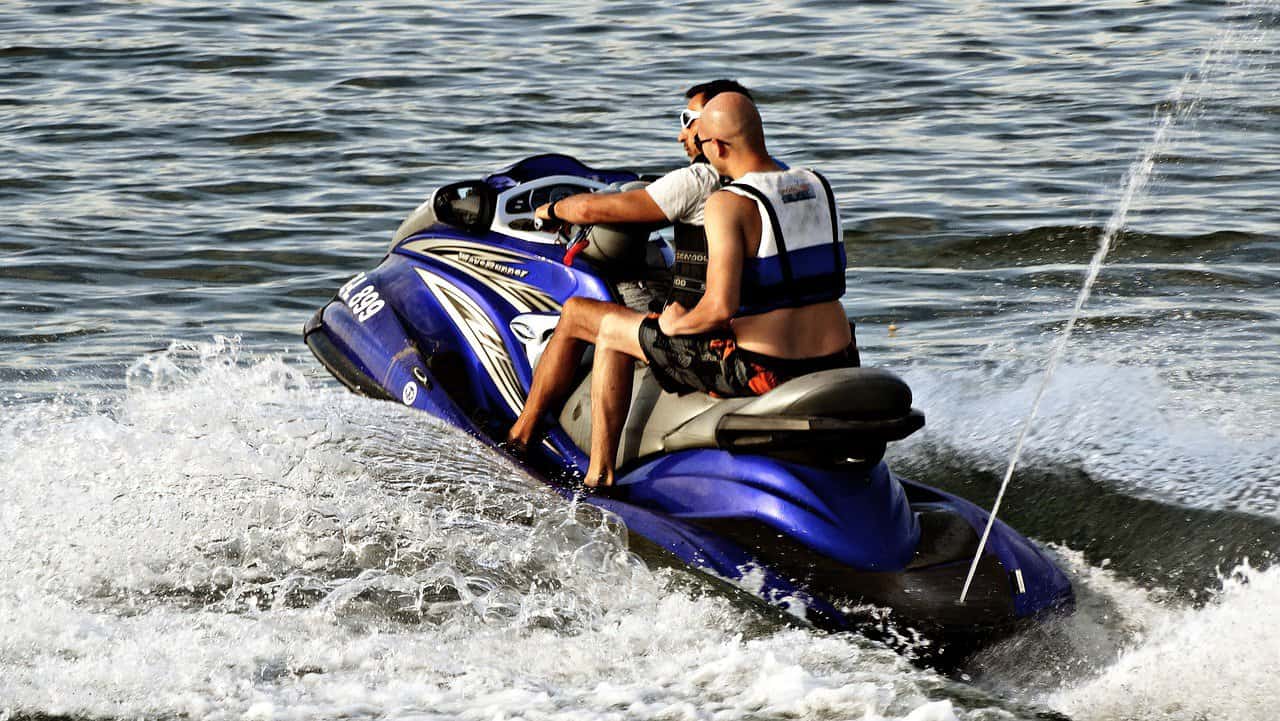
What is the Best Way to Check for Gas Fumes After Fueling a PWC?
The best way to check for gas fumes or a gas leak after fueling your PWC is to check the engine compartment by smelling for any trace of fuel odor. A thorough check will also involve an inspection of the gas tank and fuel lines as well. If you smell gas fumes caused by leaking…

What Determines The Direction a PWC Will Travel?
Steering a personal watercraft is a fairly simple process involving equally simple mechanisms. You are able to travel in the direction of your choice by turning the steering control in the direction you wish to travel. This is connected to the steering mechanism inside the body of the jet ski which moves a nozzle below…

Which Part of a PWC Is Dangerous to Your Hands, Feet and Hair?
In general, it is safer to be in the water closer to a personal watercraft than it is to be near a traditional propeller-driven boat. That said, you need to be careful of a jet ski’s pump intake area which can be dangerous especially if you have long hair, as well as the steering nozzle…

What is the Risk When a PWC Passes Too Closely Behind Another Boat?
Operating a PWC (Personal Water Craft) too closely behind another boat poses significant risks for both visibility and safety. The larger vessel in front can obscure the PWC from the view of oncoming traffic, effectively placing it in a dangerous blind spot. This limited visibility not only affects the PWC operator’s ability to see other…
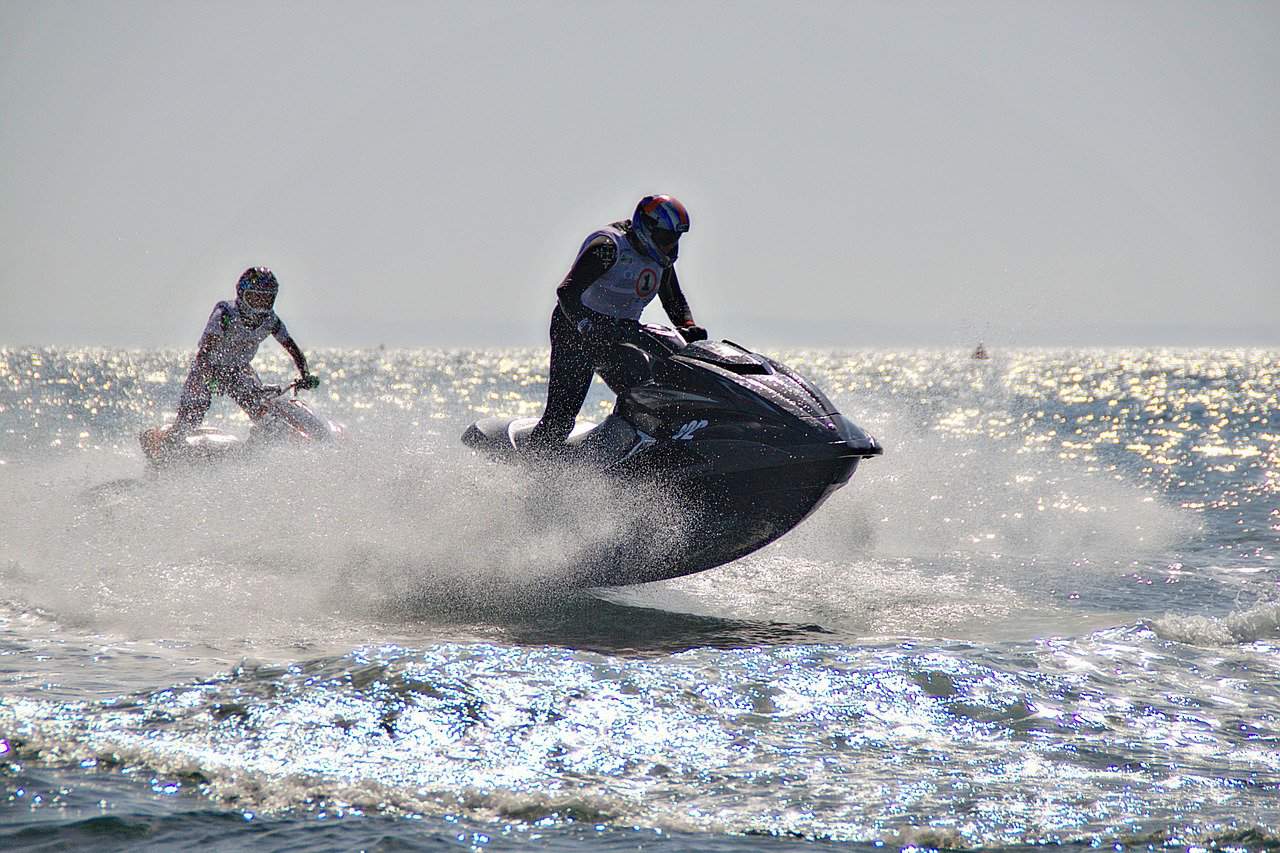
What Safety Feature Was Designed into PWC Fuel Tanks?
A personal watercraft’s fuel tank is designed to have additional room into which fuel can expand. They leave space to prevent dangerous conditions like overflowing fuel, fires and explosions. For that reason, as an operator of a jet ski, you always need to know how much fuel your PWC can hold and how to properly…
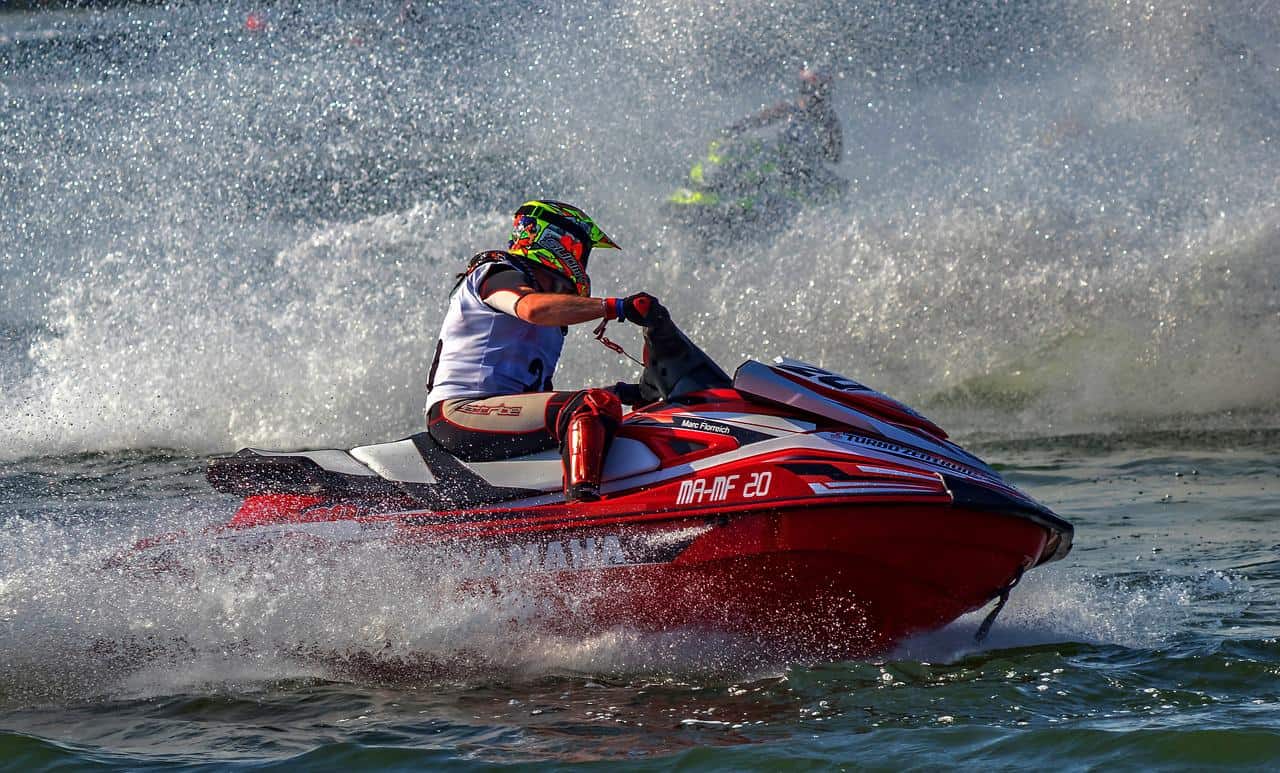
What Is A PWC? Understanding Personal Watercraft
PWC stands for personal watercraft. You might better know a PWC by names like Jet Ski and Sea-Doo. PWC is the generic name that applies to any personal watercraft regardless of who made it. Defining What A PWC Is A personal watercraft is a small jet-powered watercraft that the operator either sits or stands on…
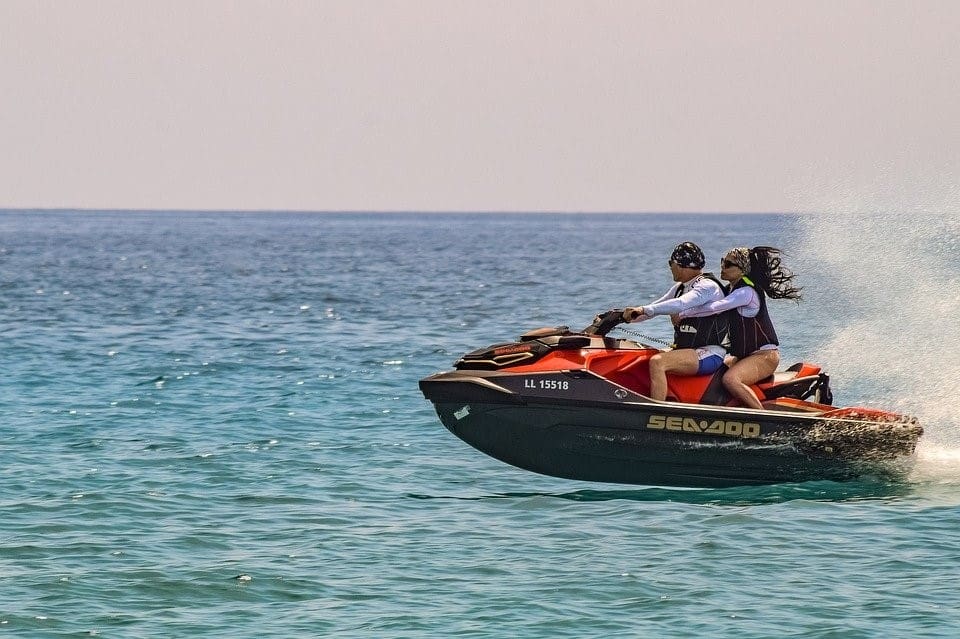
Jet Ski vs WaveRunner vs Sea-Doo: Which is Best?
Did you know that those highly agile watercraft that look like sleek motorcycles aren’t actually called “Jet Skis”? Almost everyone refers to all of them as different types of Jet Skis, but the fact is that “Jet Ski” is actually just one brand of what is collectively called “Personal Water Crafts” or PWC. Granted, we…

PWC Fire Extinguishers: What You Need to Know
What’s the last thing you expect to experience when you head out on the water in a jet ski? Fire. Boating and fire have a long and dangerous history. Fires do not occur often on personal watercraft, but they do happen. As temperatures get hotter, the potential becomes higher. Operating on hot days, engines can…


